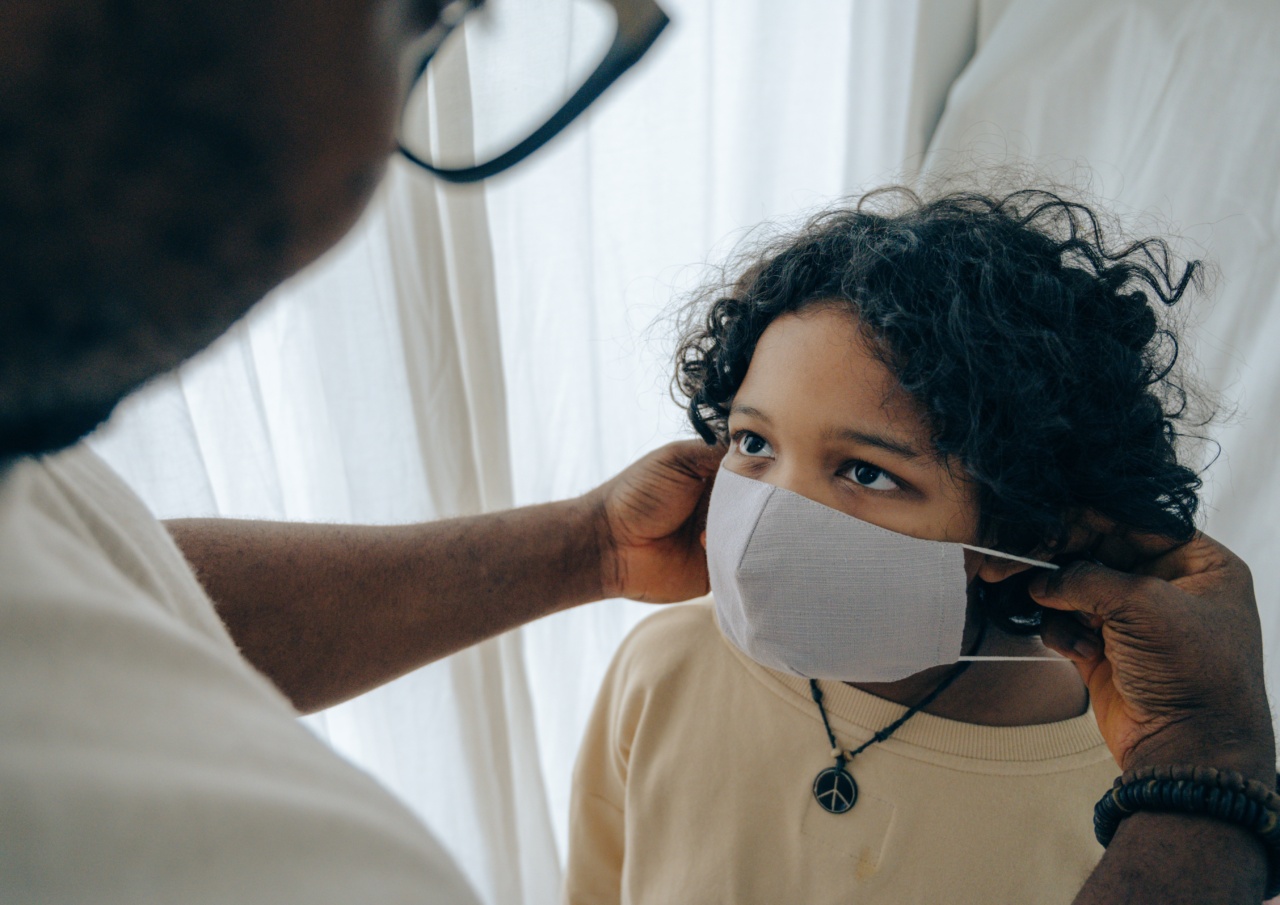Fifth Disease, also known as Erythema infectiosum or Slapped Cheek Syndrome, is a common viral illness that occurs in children between the ages of 5 and 15 years. It is caused by the human parvovirus B19 and is highly contagious among children.
The name Fifth Disease originates from its ranking on the list of six common childhood viral exanthems, which include measles, rubella, chickenpox, roseola, and erythema infectiosum, respectively.
Causes of Fifth Disease
Fifth Disease is caused by the parvovirus B19. The virus is highly contagious and spreads through contact with respiratory secretions or blood of infected individuals.
It can spread through direct contact with an infected person or through airborne transmission. Therefore, children are at high risk of contracting the virus in school, daycare centers or playgrounds.
The incubation period is usually 4 to 14 days, and symptoms become visible after the virus has invaded the bloodstream and attacks the red blood cells.
Symptoms of Fifth Disease
Fifth Disease is characterized by the following symptoms:.
- Low fever
- Runny nose
- Fatigue
- Sore throat
- Mild headache
- Joint aches
- Rash
The rash appears about a week after the initial symptoms begin.
Initially, it begins as a bright red rash on the cheeks, hence the name “Slapped Cheek Syndrome.” Afterwards, a lace-like rash may appear on the torso and limbs, which can last for about 7 to 10 days.
Treatment for Fifth Disease
There is no specific treatment for Fifth Disease. In most cases, the virus runs its course, and the symptoms disappear on their own within one to two weeks.
However, if symptoms become severe, doctors may recommend over-the-counter medications such as acetaminophen to relieve fever, rash, and joint pain. Patients should also drink enough fluids to stay hydrated and get adequate rest.
Preventing the Spread of Fifth Disease
Preventing the spread of Fifth Disease is achievable by adhering to proper hygiene practices.
This includes frequently washing hands with soap and water, disinfecting commonly used surfaces, tissues and sneezing or coughing into tissues and immediately disposing of them. If there are any suspected cases of Fifth Disease, then infected individuals should avoid interacting with infants, pregnant women, and individuals with compromised immune systems.
Risk factors for Fifth Disease
Although anyone can contract Fifth Disease, some groups of people are at a higher risk of contracting the virus. These include:.
- Children between the ages of 5 and 15
- Childcare and preschool workers
- Parents of infected children
- Pregnant women
- Individuals with compromised immune systems
Complications of Fifth Disease
Fifth Disease is generally a mild illness that does not lead to any severe complications. However, in rare cases, the virus can cause complications that may require medical attention. These include:.
- Arthritis
- Aplastic crisis (a medical emergency in which red blood cells production is stopped)
- Encephalitis (swelling of the brain)
- Hydrops fetalis (a serious complication in pregnancy that can lead to stillbirth or premature delivery)
When to seek medical attention
Parents should seek medical attention for their children if they develop the following symptoms:.
- Fever over 101°F
- Persistent vomiting and diarrhea
- Difficulty breathing
- Bluish lips or face
- Severe headache
- Stiff neck or pain in the joints
Also, if there are any underlying medical conditions that put the child at risk for serious complications, parents should seek prompt medical attention.
Conclusion
Fifth Disease is a common viral infection among children that usually resolves on its own within one to two weeks. It is highly contagious and can spread through respiratory secretions or blood.
Awareness of the symptoms and proper hygiene practices can help prevent its spread. Although complications from Fifth Disease are rare, some people may be at a higher risk of complications such as pregnant women and individuals with compromised immune systems.
Therefore, it is essential to seek medical attention if the symptoms persist or become severe in these individuals.





























